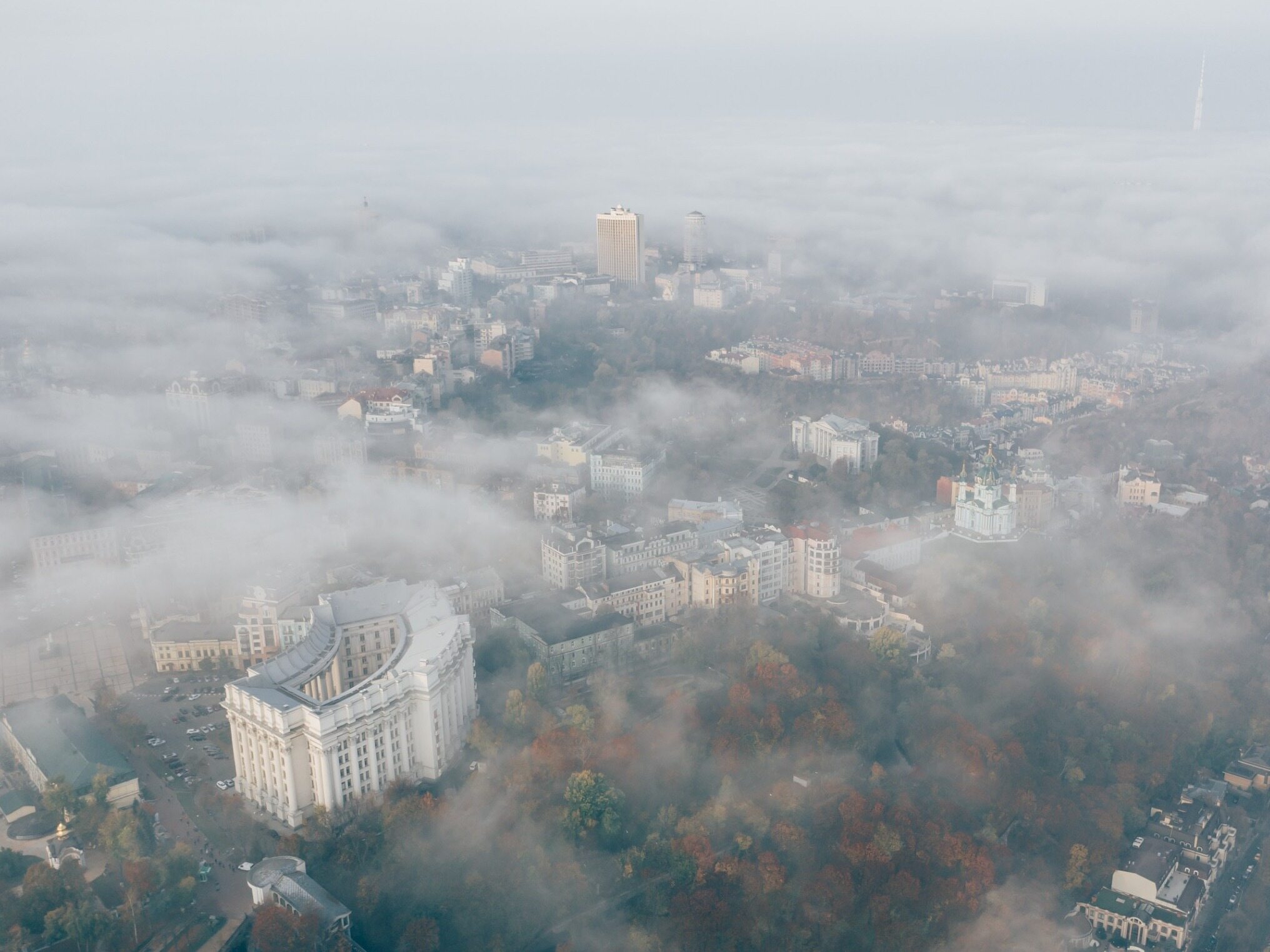Air quality in Poland. Smog is still a threat in many regions

Air quality in Poland is still very poor. In which regions is air pollution a threat?
- RCB alerts in Silesia
- Polish cities among the most polluted in the world
- Why are we fighting smog?
- What are the dangers of air pollution?
The high pressure that brought arctic and frosty air to Poland also resulted in the deterioration of air quality. In many regions of the country, air pollution is very high and dust concentrations prevent any outdoor activity. Residents of southern voivodeships received RCB alerts not to leave home unnecessarily.
RCB alerts in Silesia
On Wednesday, January 10, residents of Silesia and seven other voivodeships received alerts from the Government Security Center. “ATTENTION! On 10/01. poor air quality in terms of PM10 suspended dust is forecast. Avoid outdoor activities,” the message said.
In Częstochowa, Gliwice, Rybnik, Tychy, but also Nowa Ruda, Kościan, Dębica, Sucha Beskidzka and Pszczyna, dust concentrations were very high. This led to significant deterioration of the air and may have resulted in breathing difficulties. The smog that began to thicken in the air caused scratchy throats, dryness and coughing, and could worsen the well-being of people struggling with respiratory diseases.
Polish cities among the most polluted in the world
On the airly.org map showing the most polluted cities in the world, Poland is at the forefront, next to China and India. Delhi in India tops the list, but fifth and sixth place are taken by Wrocław and Kraków. These cities have worse air than Shanghai or Mumbai.
Why are we fighting smog?
In almost half of the country, the air quality is very poor. It is believed that the Masovian and Lublin voivodeships divide Poland roughly in half in terms of air pollution. In the south, smog is a huge problem, and dust concentrations exceed the recommended standards. In the north, by the sea, the air quality is good or very good. What it comes from?
Many houses in Poland are still fired with coal, often also with garbage. Old furnaces, excessive exhaust emissions and geography are three factors that contribute to the formation of smog. In the south, where we have highlands and mountains, dust concentrations can remain in the air for a very long time. In the north there is no such problem because the landscape is different, and the wind from the sea helps, which blows away the pollutants.
What are the dangers of air pollution?
Unfortunately, smog has a huge impact on health and can not only lead to respiratory diseases, but also shorten life. Air pollution increases the risk of cardiovascular diseases and cancer. High dust concentrations are particularly dangerous for small children, seniors and people suffering from asthma and respiratory diseases. If there is heavy smog, it is recommended not to open windows, stay at home, and wear masks if you need to go outside. People with asthma who live in places with high air pollution may consider purchasing air purifiers.






